FALMOUTH — When Bill and Margot Gatchell come in from sea kayaking, they warm up in a home that’s heated by 14 solar panels.
When they want to swim laps, they do so in a pool that’s also heated by the sun.
And when they dine out at their local bistro on a Friday night, they choose from a menu of local foods that includes Maine crabcakes and Pineland Farm filet mignon.
All of these environmentally friendly choices come courtesy of their new home, the retirement community OceanView at Falmouth. The Gatchells are among a growing number of retirees who are making their golden years greener by moving into communities that pay attention to things like energy efficiency, access to nature and local foods.
Seeking out sustainability in the senior years may not yet be the huge trend implied by a New York Times article last year, but the people who run retirement communities here in Maine – and the people who live in them – say that amenities such as solar power, energy-efficient homes and composting are factors that are becoming more important when baby boomers draw up a shopping list for a retirement home.
“The importance of those things is starting to creep up the list. I wouldn’t say it’s the top three – yet,” said Brian Storey, executive director of The Highlands in Topsham, a traditional retirement community where the residents’ Go Green Committee has gotten involved in everything from recycling to the responsible disposal of medications.
A 2014 consumer research survey conducted by the National Association of Home Builders found that hiking and biking trails are the most popular outdoor amenities in the 55-plus age group. That survey did not ask about solar power, but respondents did want energy-efficient windows and appliances in their homes.
In Maine, there are still only a handful of green retirement communities. Nationally, no one appears to be keeping hard data on their numbers, but when they pop up they do get attention and awards. The Orchards at Southington in Southington, Connecticut, won Argentum’s “Going Green” Award in 2013 for efforts ranging from recycling to tree planting. The 2016 Best of 55+ Awards competition, sponsored by the National Association of Home Builders, gave the Gold award for Best Integration of Nature & Landscape to the Senior Residences at Forrest Hills, Decatur, Georgia. Wake Robin in Shelburne, Vermont, offers a recycling program, a community garden and nature trails. Other such green communities can be found in Massachusetts, New York, Maryland, Pennsylvania, Oregon and Washington.
“Moving forward, in the next 20 years, these green communities will become the standard,” Andrew Carle, director of the senior housing administration program at George Mason University in Fairfax, Virginia, told the New York Times.
The newest community for green retirees in Maine may be The Cottages at Willett Brook, a 55-plus energy-efficient community in Bridgton, but it isn’t the first.
John Wasileski of Sea Coast Management Co. is behind many of the environmentally conscious retirement communities in Maine: OceanView (which dates back to the 1980s), The Highlands (which was sold last year to an investment group) and Highland Green, a 55-plus community of 190 homes, also in Topsham.
Highland Green incorporates both a 230-acre nature preserve and a nine-hole golf course that has been certified by the Audubon Cooperative Sanctuary Program for Golf. Count Lynda and Steve Chandler, former schoolteachers from Bethel who now own a home in Highland Green, among those to whom those trails appealed.
“We really wanted a place that had some good land near it for walking and hiking and doing that sort of thing,” Steve Chandler said.
GREENER ALL AROUND
The Gatchells are typical residents of OceanView, which may be the most environmentally friendly retirement community in Maine. The couple have been active outdoors people and attuned to environmental issues all their lives. They lived in a passive solar, “super-insulated” house in Cape Elizabeth before moving into OceanView in December. Though environmental concerns weren’t their primary reason for choosing the place, they say, still they appreciate that their new home came with 10 solar panels, with the option of adding more. They added four more, and they also installed solar hot water.
“It’s all hooked up to the grid,” Gatchell said. “If we make more electricity than we can use, it goes into the grid. And if we make enough, we get credit for it.”
The couple also appreciates the other environmentally friendly programs OceanView offers. When the staff comes into their home for a free monthly cleaning, they use only green products. A food waste and recycling program turns fryer oil into biodiesel and soaps. All disposable products in the kitchens are made from recyclable or compostable materials. And a pilot composting program that last year composted more than 14,000 pounds of material in the community’s memory care facility will be expanded to the rest of the campus this spring, according to Steve Brustein, general manager for food services. When that happens, he expects to triple the amount of composted material.
In its kitchens, OceanView tries to buy local ingredients, especially in its Whipple Farm dining room, which last week hosted an “Earth Day dinner.” Lobster comes from a local lobsterman; seafood is also sourced from Harbor Fish Market and Maine Shellfish; the chef works with Maine Native Produce to source local vegetables and fruits.
Lots of construction materials are recycled: When older buildings at Oceanview are renovated, the doors, vinyl windows, cabinetry, appliances and laminate countertops that are still usable are donated to Habitat for Humanity.
Environmental amenities are now often included among the marketing strategies for retirement communities. Highland Green, for example, pitches itself as “a 635-acre oasis of natural beauty and community with an unprecedented incorporation of conservation.” These options resonate with potential residents for a variety of reasons. Some want energy-efficient homes in order to save money. Others use such environmental efforts as a way to be community-minded.
“If you present people with ‘What are the top 10 things you could do together as a community?’ ” Storey of The Highlands said, “environmental awareness is coming in at the top of that.”
The Highlands, among other environmental efforts, composts 144,000 pounds food waste and other biodegradable materials a year, recycles seven tons of cooking oil annually, and uses only organic products in its groundskeeping. Half the toilets in the community are low flow. The residents’ Go Green Committee helped the community achieve the points it needed to gain certification as an “environmental leader” from the Maine Department of Environmental Protection.
SENIORS HEART SOLAR
Wasileski, who studied environmental science in college, built OceanView in the 1980s and has been ratcheting up the environmental amenities ever since, particularly in the area of energy efficiency. He has been working with solar energy for decades, taking advantage of state and federal incentives when they were available. Asked if OceanView’s solar projects were the result of his own interest in environmental issues, good business, or a marketing tool aimed at the boomer crowd, he replied: “I’d say 80 percent, 10 percent and 10 percent. I did solar way back in the ’70s.”
Over the past decade, OceanView has become more aggressive in installing solar systems. Thanks to a series of energy audits, it also cites homes for best solar exposure, insulates well, and installs triple-pane windows and energy-efficient doors.
“We try to incorporate a solar component into every new construction project, and we try to optimize energy efficiency in our construction techniques and architectural design in our new buildings,” said Chris Wasileski, John Wasileski’s son and project manager for Sea Coast Management Co. “We feel like customers have really driven this.” Both current residents and future prospects ask about energy savings and sustainability, he said, partly because of concerns about the cost of heating through cold Maine winters.
The rooftop solar arrays on OceanView residences and facilities remove an estimated 4,000 to 5,000 pounds of carbon dioxide emissions from the atmosphere each year, according to the Wasileskis. Gatchell says he enjoys walking through the buildings on the OceanView campus and looking at the display panels that show how much solar energy the community is producing. He has got such a display in his own home that shows that his own solar panels have generated 0.719 megawatt-hours of electricity since he moved in.
All told, there are 40 different solar systems at OceanView, and another 20 in Highland Green at Topsham, John Wasileski said. In May, he’ll be installing a community solar farm at Highland Green. If the project goes well, he’ll be building more. Chris Wasileski predicts the interest in energy-efficient retirement communities will grow as building technologies continue to advance and solar systems become more affordable. At Highland Green, solar energy packages and other environmental options are offered a la carte.
Just five years ago, 15 to 20 percent of new residents chose to add solar to their homes, he said. Today, half the residents go solar.
‘THE RIGHT THING BY THE PLANET’
Combine eco-consciousness with something else boomers like – intergenerational housing – and you have Belfast Cohousing & Ecovillage, situated on 42 acres of farmland.
About 70 people live in this 36-home community, and one-third to one-half of the adults are 55 or older, according to Sarah Lozanova, a spokeswoman for the community. “There has consistently been a strong interest in our community from this demographic,” she said.
Environmental awareness is, of course, just one reason among many that older adults are attracted to the community.
For Steven Chiasson and his wife Barbara, both in their 60s, moving to the energy-efficient ecovillage was more a matter of dollars and cents than a desire to be green, “although I certainly count myself among those people who want to do the right thing by the planet,” Steven Chiasson said.
The couple lived in Wellington, a little north of Skowhegan, for more than 30 years in a drafty log home Chiasson built himself, a home that cost a lot to heat. In Belfast, their 900-square-foot home has rooftop solar panels and is designed to be a net-zero consumer of electricity. Now their average bill for lights, heat, cooking, and hot water is about $25 per month, Chiasson said, and they have grown to appreciate the comfort factor. It’s “an easy place to be for aging bones.”
John Wasileski, 63, never lived in a log home, but counts himself among the baby boomer crowd who remember the first Earth Day back in 1970. As the boomers got older, though, many forgot those values, transitioning into corporate America and riding around in SUVs.
“But now we see that climate change is a reality,” he said. “Now we see that we need to make changes. Now we’re seeing our kids are saying ‘Why didn’t you do more?’ Now is the time that we can put our resources where our thought processes and our mouths are. We can now do the right thing. And as the baby boomer market matures, more and more of those people are going to be looking towards true sustainability, not just a buzzword, for their choices.”
Send questions/comments to the editors.



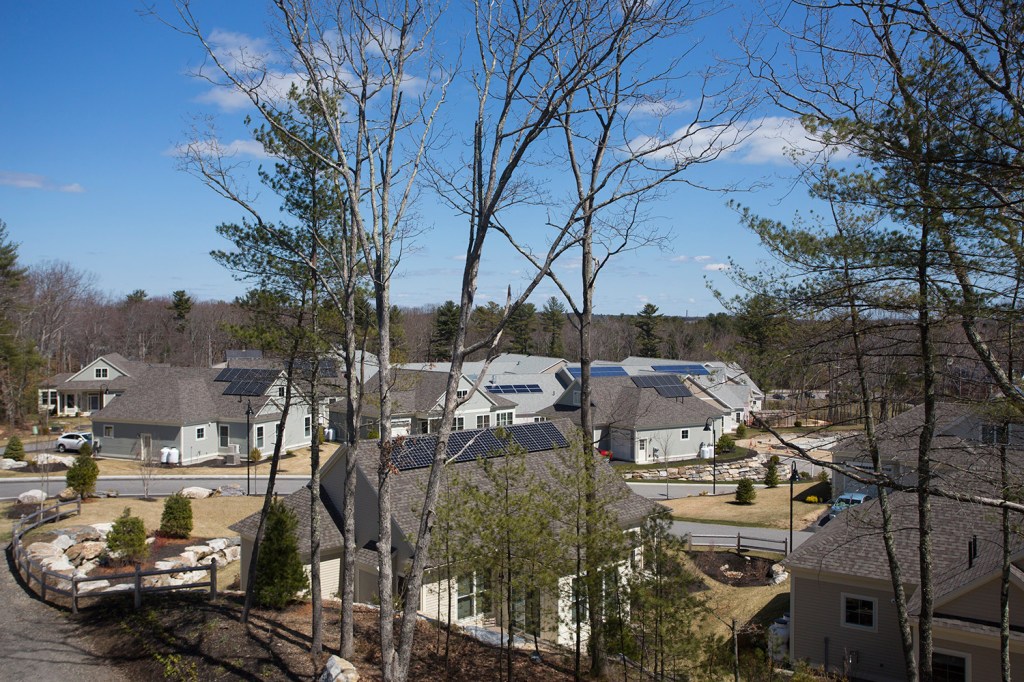
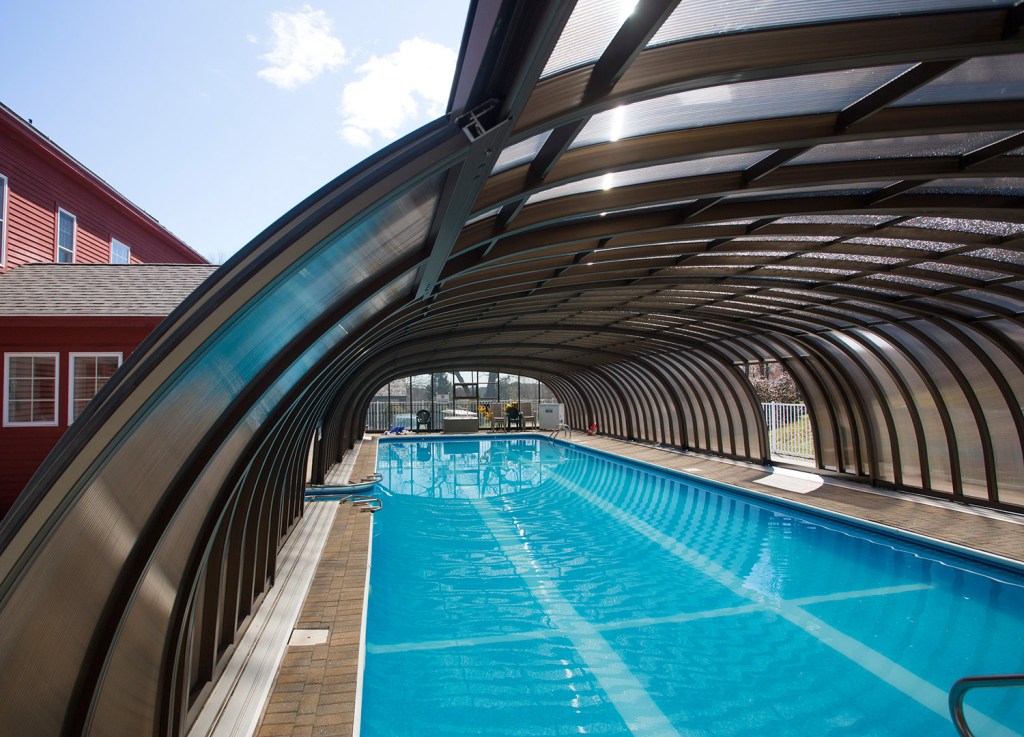
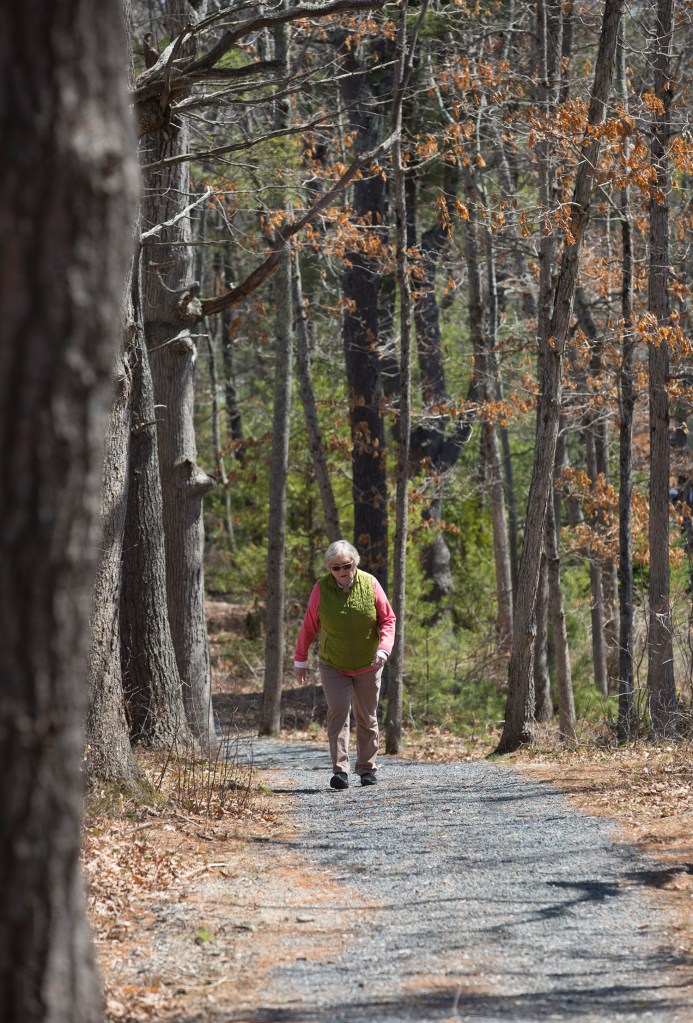
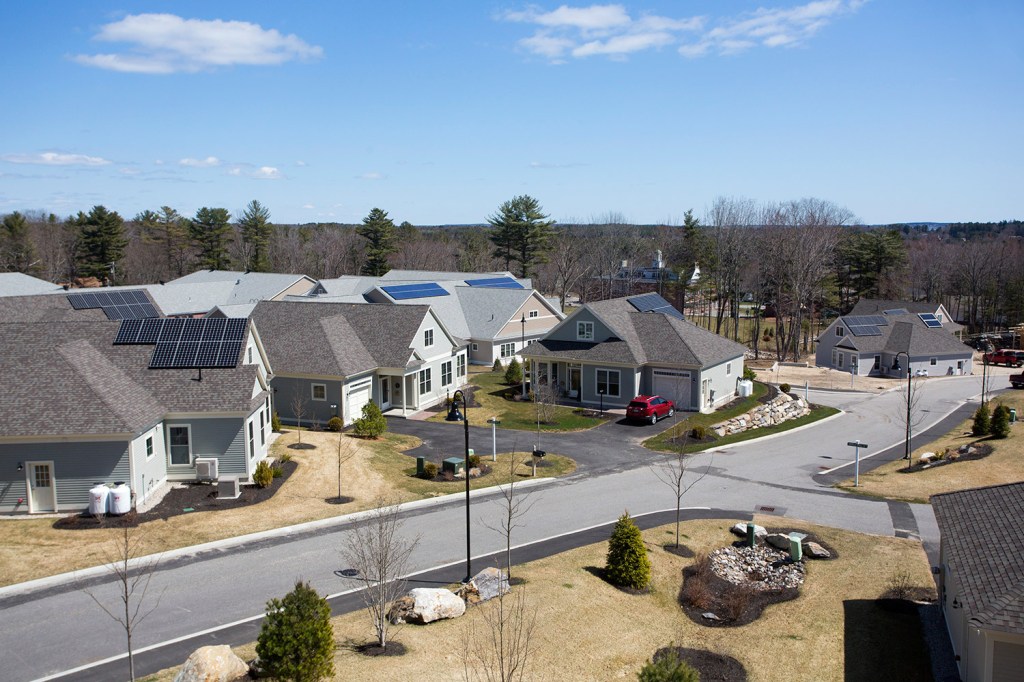
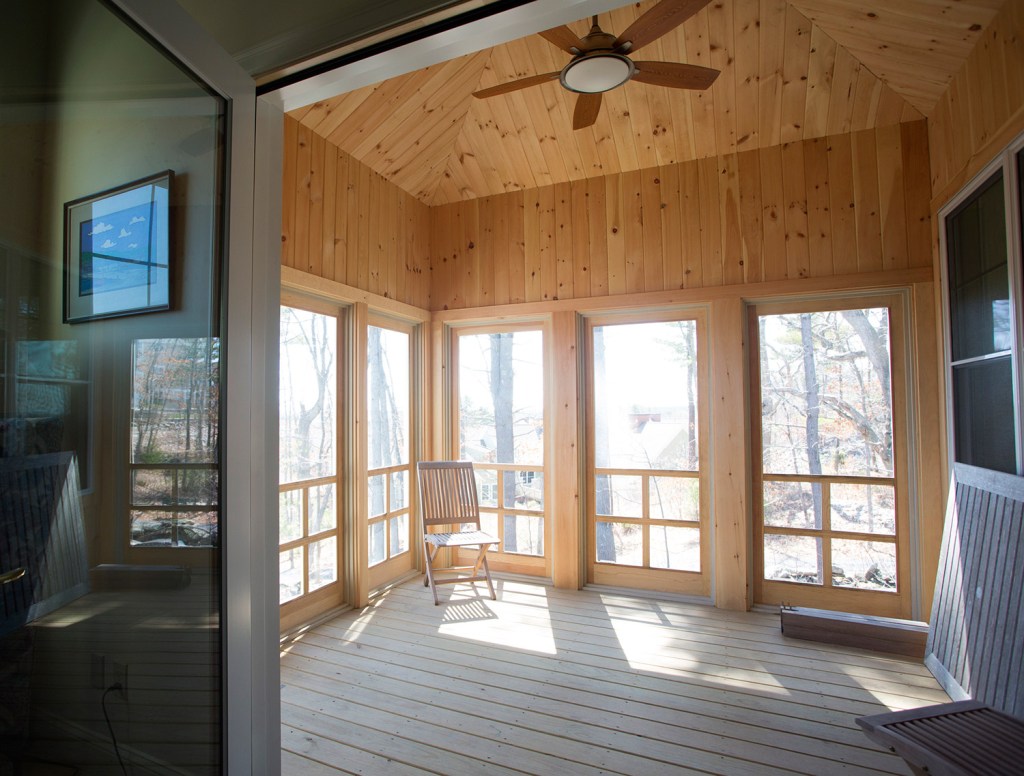

Success. Please wait for the page to reload. If the page does not reload within 5 seconds, please refresh the page.
Enter your email and password to access comments.
Hi, to comment on stories you must . This profile is in addition to your subscription and website login.
Already have a commenting profile? .
Invalid username/password.
Please check your email to confirm and complete your registration.
Only subscribers are eligible to post comments. Please subscribe or login first for digital access. Here’s why.
Use the form below to reset your password. When you've submitted your account email, we will send an email with a reset code.